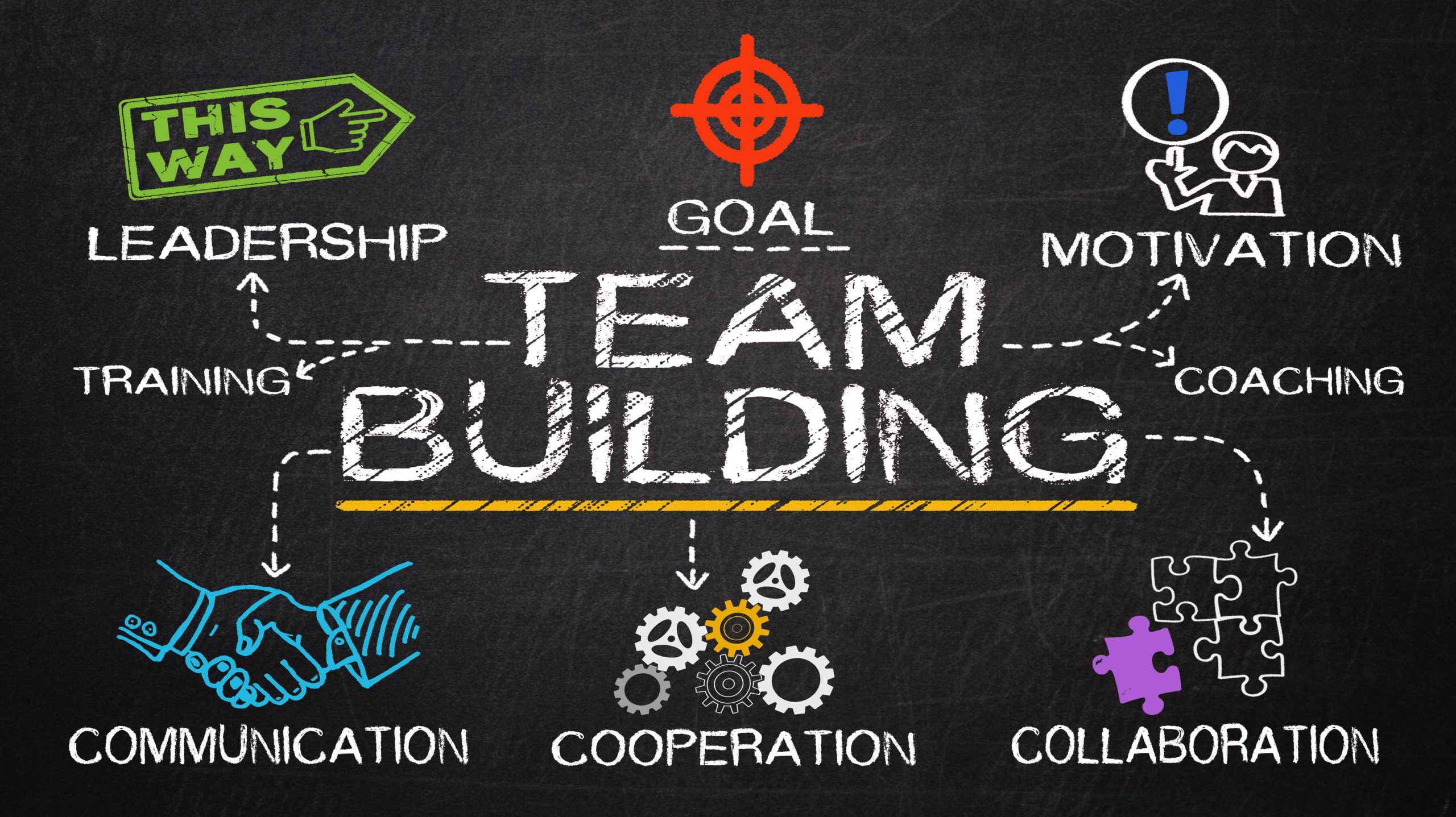This blog originally published in Printing Impressions.
As owners and members of the leadership team, you deal with the risk and responsibility for getting it right, making it right and keeping it right for the business, your employees and your customers. I’ve previously written about the importance of the three P’s – People, Process and Perseverance. Expanding from that earlier view, I’ve added a few other related areas that a leadership team should consider into their business building process. I mentioned in Part One that this was going to be a multi-part blog – well, here’s Part Two. Here are three areas that I’d like to go over today:
- Strategy
- Leadership
- Tolerance
How Wide are Your Lenses?
So what’s your strategy. Is it simply answering the question of what do you want to be, and why, and how? Is it limited or enhanced by your scope of vision and your organizational chart? What’s that old saying, “if you keep lowering the bar, you’ll certainly hit the goal.” Or, are you a “shoot for the moon” kind of person? Taking the time to define your strategy, your definition of your strategy, gives you the freedom to begin with your core values, add the innovation and unique touch that only your business can bring, and project it through a new lens to the market.
Now, I’m not trying to super-simplify the strategic planning process here, but simply trying to emphasize that the main objective is to have a plan. Have a plan, and a direction that you can articulate, that is meaningful and relevant to the market, and finally that you can execute on. Yes, the E-word, execution. Between the two, coming up with the strategy is much easier than the logistics of execution. So, if you want to spend any additional time and effort, I would spend it on mapping out the logistics of how to pull this off. I would encourage you to have a plan A, B and C because as you know, stuff happens and you’ll need a contingency plan.
Defining Leadership
If there was ever a topic that has been more broadly written about, I’m not sure I’m aware of it. That said, I’m not going to compete with all the great authors on this subject, but rather, discuss how the impact of leadership can make a difference in your organization. I look at leadership as the folks that can, and do set the course for the business. That’s the CEO and the top level managers as well as the ones in direct contact with the clients. It’s also the ones in each department, regardless of whether they have a title or not, that their peers follow, and look to for direction. Being a leader doesn’t only mean having a badge, or a cozy office. Providing leadership is working with your team in a way so that they develop to their fullest potential and work to escape their comfort zones. It’s about having empathy, and being a great listener. Remember, you’re looking for volunteers, not those who are there just for the paycheck. It’s about asking your team for help in accomplishing the objective at hand and at times staying the course, and other times being the change agent.
Tolerance
According to the dictionary on my Mac, tolerance is:
“the ability or willingness to tolerate something, in particular the existence of opinions or behavior that one does not necessarily agree with:”
In running a business, there are always things that you don’t necessarily agree with that you have to tolerate, and some that you shouldn’t. You have to make decisions on the markets you’re chasing, who do you hire and who do you keep on board, which suppliers should you choose and why, and finally, what clients do you really want to do business with. That last question revolves around the struggle of the business that you have vs. the business that you really want. Remember, everything is about making choices.
It may feel like you have to tolerate employees or clients that irritate you. Before you make any drastic decisions, take a look at things through their lenses. If it’s an employee, maybe you can find out if they are OK. Maybe there’s an outside factor that’s influencing their work behavior. If it’s a client, go see them and find out what’s going on. Who knows, maybe there is something that your company is doing that is really irritating them too and ultimately the relationship can be saved. Managing tolerance ties into some of the leadership traits, particularly empathy. And as Stephen Covey would say, “seek first to understand, then be understood.”
What’s Next?
So much more to cover on these topics, I hope to continue the discussion in another post. But for now, take one thing from this or from Part One, and try to put it into action in your business. If you have questions, let me know. Also, if you have any thoughts on these or would like to share what’s going on in your world, please get in touch with me. Good luck, let me know how you’re doing, and have fun.
About The Philie Group, LLC:
Mike Philie can help validate what’s working and what may need to change in your business. Changing the trajectory of a business is difficult to do while simultaneously operating the core competencies. Mike provides strategy and insight to owners and CEOs in the Graphic Communications Industry by providing direct and realistic assessments, not being afraid to voice the unpopular opinion and helping leaders navigate change through a common sense and practical approach. Learn more at www.philiegroup.com, LinkedIn or email at mphilie@s756788055.onlinehome.us.


0 Comments